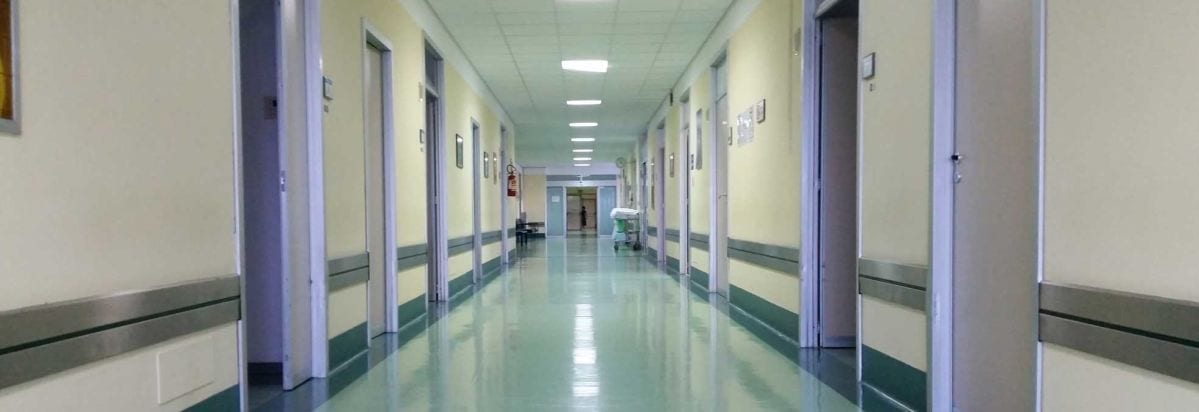It may be hard to believe, but hospitals are one of the riskiest places for picking up infections, including deadly ones. Surprising, considering the fact that hospitals are places of healing. Fortunately, steps are being taken to decrease the number of deadly hospital infections, thanks to a recent study published in The Lancet, a British medical journal, that found a solution to the problem. According to the study, doctors “should stop giving hospital patients so many antibiotics.”
It may be hard to believe, but hospitals are one of the riskiest places for picking up infections, including deadly ones. Surprising, considering the fact that hospitals are places of healing. Fortunately, steps are being taken to decrease the number of deadly hospital infections, thanks to a recent study published in The Lancet, a British medical journal, that found a solution to the problem. According to the study, doctors “should stop giving hospital patients so many antibiotics.”
How did the study stumble upon this solution? Well, after examining research and looking at how other hospitals use antibiotics, it was discovered that “when doctors in U.K. hospitals cut back on prescribing Cipro, Levaquin, and other so-called fluoroquinolone antibiotics, the rate of deadly infections from the bacteria known as C. diff dropped a whopping 80 percent.” C. diff is a common bacteria found in hospitals, so it was an ideal bacteria to examine when searching for a solution.
By cutting back on antibiotics, hospitals get away from overusing antibiotics which can increase the “risk of hospital infections because they kill a wide variety of bacteria, including those that actually prevent infections.” According to Arjun Srinivasan, M.D., who oversees the Centers for Disease Control and Prevention’s (CDC) efforts to decrease hospital-acquired infections, “we depend on these drugs to treat serious illnesses, but they can cause potentially life-threatening side effects such as C. diff infections.” He added, “this study is an important reminder that we have to be smart about how we use these vital drugs.”
But how exactly is antibiotic use in hospitals causing potentially deadly infections? It’s simple. According to Srinivasan, “doctors frequently start patients on a broad-spectrum drug while waiting for test results to find out exactly what type of bacteria is making them sick.” This is a routine step done with the mindset that they can “switch to a more targeted antibiotic once test results reveal what type of infection a patient has.” However, this process can have devastating consequences for patients because these antibiotics can kill “protective bacteria that aggressively defend against disease-causing invaders such as C. diff.”

So what can patients do to defend themselves against hospitals that overuse antibiotics? For starters, seek out antibiotic-smart hospitals. While it’s true that U.S. hospitals are still working on improving their overuse of antibiotics, some “U.S. healthcare facilities do a much better job than others at protecting people against C. diff and other hospital infections.” How can you tell if a hospital is antibiotic-smart? According to Srinivasan, “one thing that good hospitals do is keep close tabs on antibiotic prescribing, checking to make sure that patients get the right drug for their infection, in the right dose, and as quickly as possible.”
Hopefully it won’t be much longer before the U.S. catches up to other parts of the world in terms of antibiotic use. Who knows, maybe one day we will have guidelines in place similar to those instituted in the U.K. that include calling for “doctors to cut back on prescribing broad-spectrum drug, using them only when a more narrowly targeted antibiotic doesn’t work.” For now, a good place to start would be to follow the advice mentioned in recent Lancet study: stop giving hospital patients so many antibiotics.


Join the conversation!